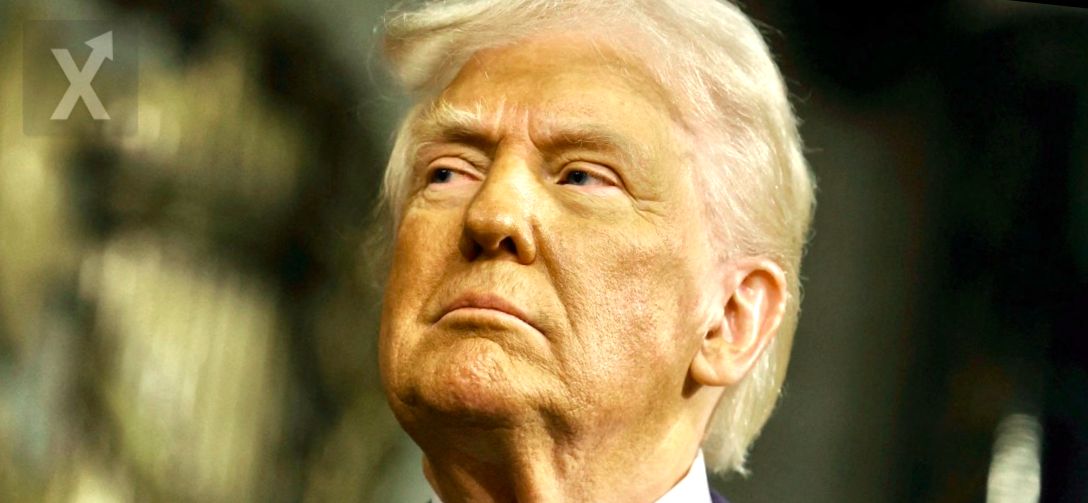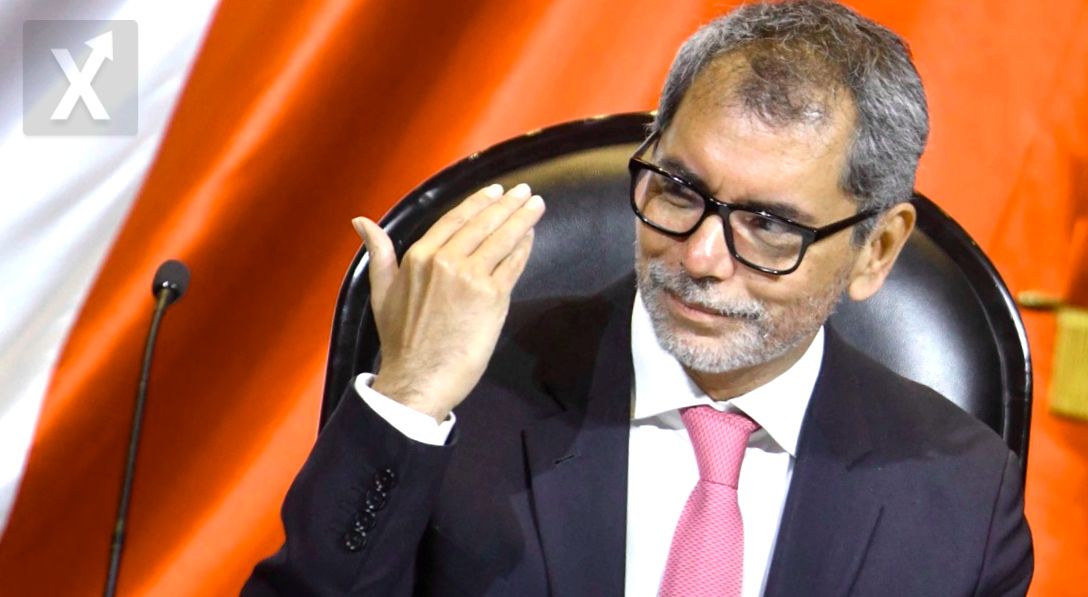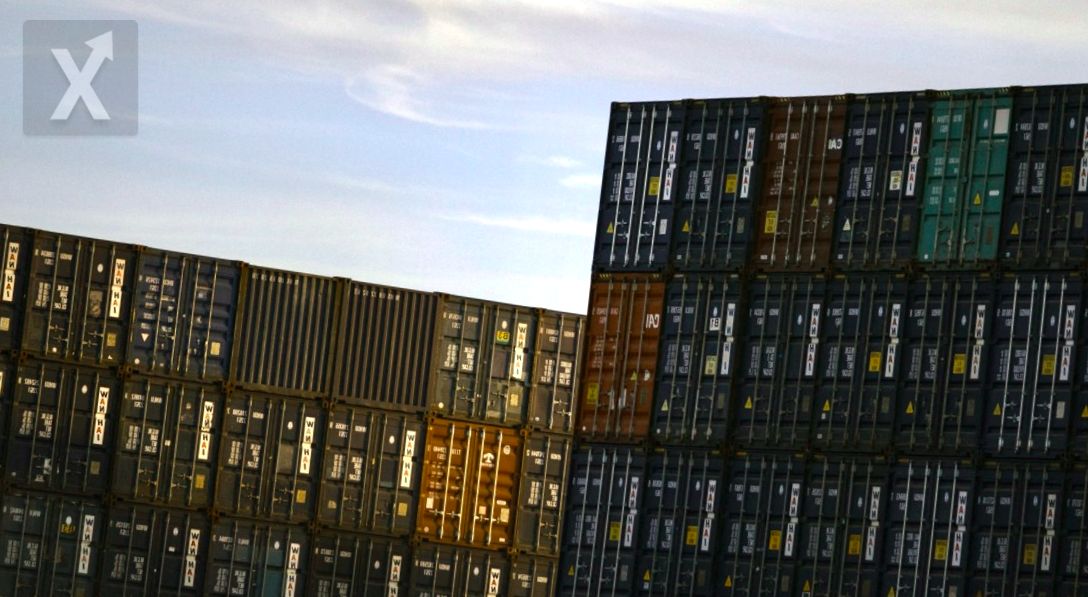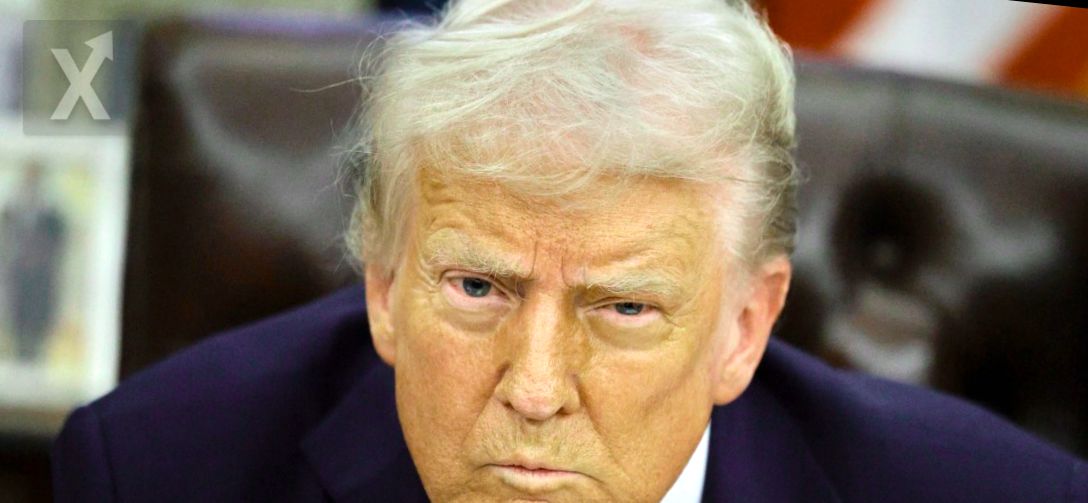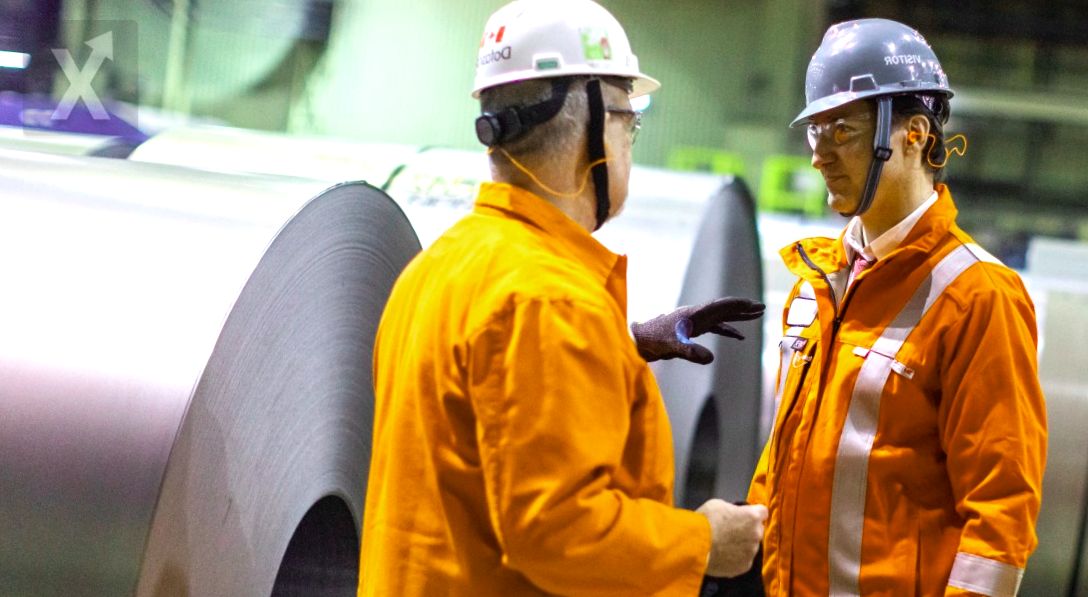El gasto en infraestructura se encuentra en un punto crítico para 2025
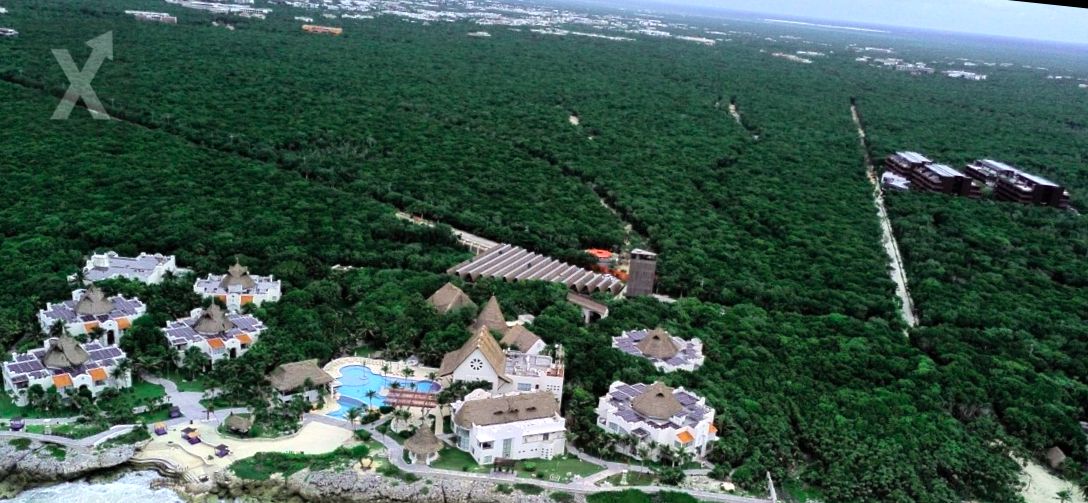
La inversión en infraestructura que apoya el crecimiento social y económico de México, sufrirá un recorte del 12.7% real el próximo año, lo que significa 121,500 millones de pesos menos en comparación con lo que se había aprobado para finalizar 2024. Según la Secretaría de Hacienda y Crédito Público (SHCP), en los Criterios Generales de Política Económica para 2025, se destinarán 836,600 millones de pesos para inversión física, un descenso respecto a los 958,100 millones aprobados para este año. Este ajuste para 2025 es consecuencia de la finalización de varios proyectos emblemáticos del gobierno de Andrés Manuel López Obrador en su año de cierre, así como del objetivo de Hacienda de reducir el déficit público de un 5.9% del PIB en 2024 a un 3.9% para 2025.
“Desde hace muchos años, el gasto en inversión se ha vuelto un ajuste habitual; si necesitamos recortar, se hace en inversión”, comentó José Luis Clavellina Miller, director de Investigación del Centro de Investigación Económica y Presupuestaria (CIEP). Esto impacta la administración de las finanzas públicas y, por ende, la economía del país, ya que una caída en la inversión pública muchas veces se traduce en una reducción de la inversión privada, resultando en un crecimiento económico más lento y una disminución en la recaudación de impuestos. “Es un ciclo negativo que parece que no advertimos: al invertir menos, crecemos menos y recaudamos menos en el futuro. Es crucial que no solo evitemos la caída de la inversión, sino también pensemos en cómo financiar futuros proyectos productivos”, añadió Clavellina. Asimismo, los recortes en inversión física llevan a un menor dinamismo en sectores como el de la construcción.
“Cuando se reduce el gasto de esta forma, especialmente en inversión física, hay sectores económicos que se ven fuertemente afectados, como la construcción en este caso. Piensa en cuántos puestos de trabajo generaron proyectos como el Tren Maya o el Aeropuerto Internacional Felipe Ángeles; si no hay nuevos proyectos para sustituir a los que se están finalizando, muchos trabajadores de la construcción se quedarán sin empleo. Tras una época de auge en la construcción, hoy enfrentan una fase complicada, pues no existen obras que reemplacen las que están concluyendo”, observó Manuel Herrera, vicepresidente del Comité Nacional de Estudios Económicos del Instituto Mexicano de Ejecutivos de Finanzas (IMEF). Indicó que no es la primera vez que el gobierno hace este tipo de recortes, pues en 2015, tras la caída de los precios del petróleo, también se limitaron gastos para equilibrar las finanzas públicas. “Es una práctica común, y hay sectores que padecen sus efectos, como construcción y energía”, concluyó Herrera. De acuerdo con las cifras de Hacienda, el gasto en inversión física será inferior al costo que deberá cubrir por concepto de intereses de la deuda, que alcanzará 1.4 billones de pesos en 2025, además del techo de deuda de 1.5 billones propuesto. Domingo Figueroa, presidente del IMEF, destacó la necesidad de invertir en infraestructura para mantener la competitividad y atraer inversión privada, especialmente para captar el regreso de inversiones que se trasladaron a Asia y ahora buscan establecerse cerca de la robusta economía de Estados Unidos. “Uno de los grandes obstáculos para lograr el nearshoring son precisamente los rezagos en infraestructura básica y limpia, como la generación de energía, carreteras, gasoductos y puertos; estos retos deben ser atendidos para competir a nivel internacional. La falta de infraestructura podría perjudicar seriamente la llegada de nuevas inversiones a nuestro país”, resaltó Figueroa. Herrera agregó que el sector privado puede mitigar la falta de inversión pública a través de concesiones.
Comentario: La realidad económica que enfrenta México en la actualidad resalta la delicada balanza entre el gasto público y la inversión sostenible. Si bien los recortes pueden ser medidas necesarias en corto plazo para equilibrar las finanzas, a la larga pueden traducirse en un estancamiento del crecimiento y, por ende, en una menor capacidad del gobierno para generar ingresos a través de impuestos. Es fundamental que se busquen formas innovadoras para incentivara la inversión privada, así como asegurar que los proyectos de infraestructura no solo sean competitivos, sino también sostenibles para el crecimiento futuro del país.
